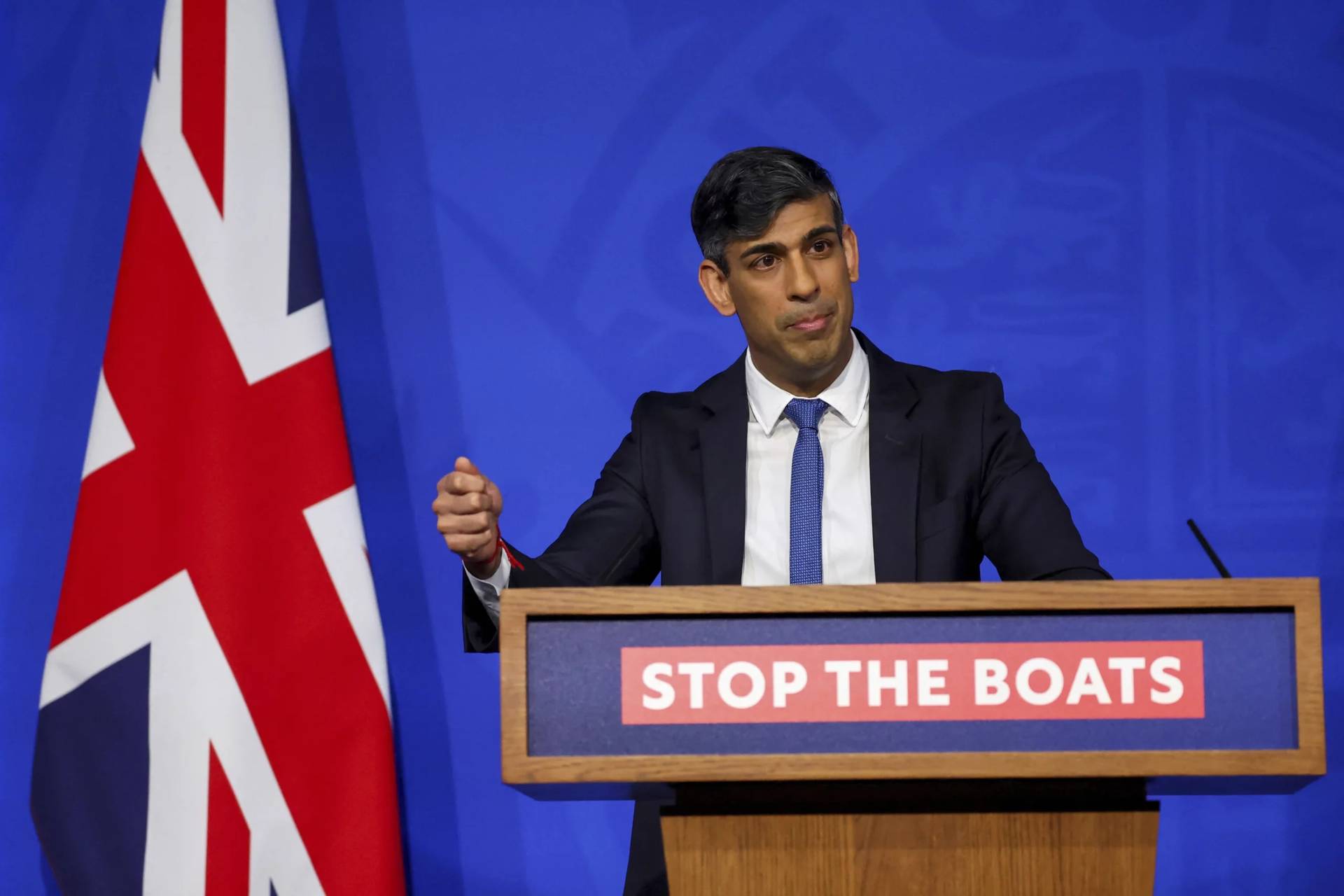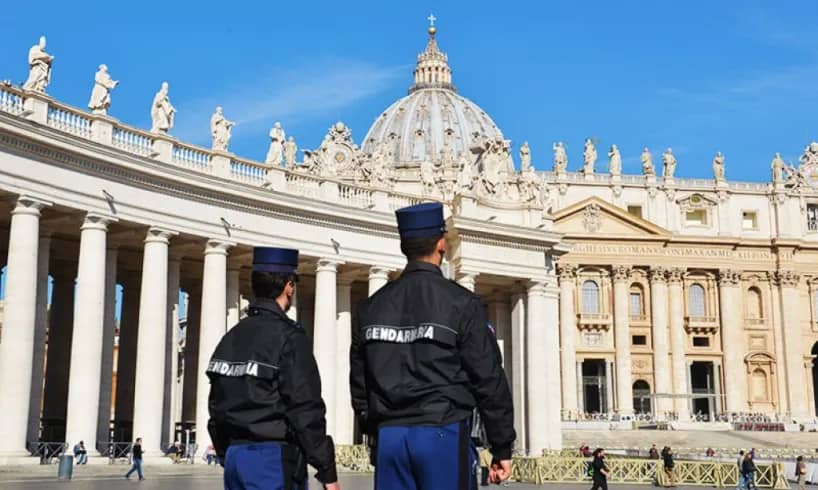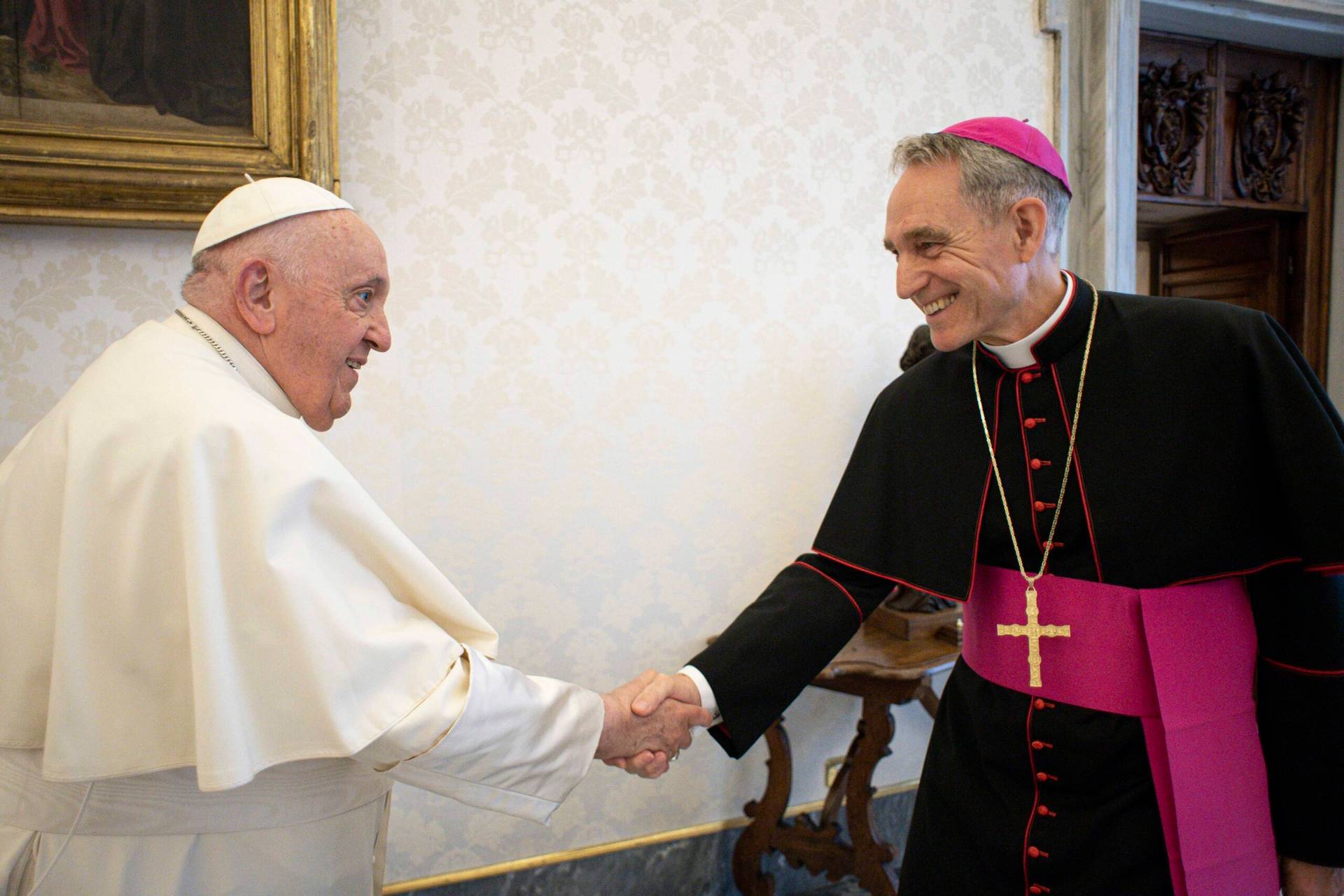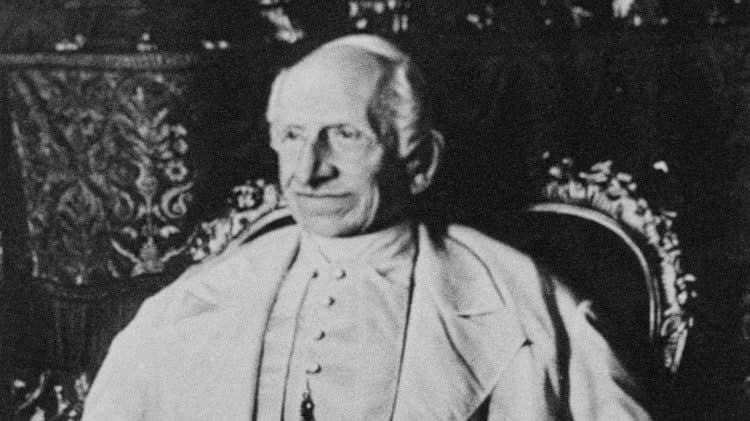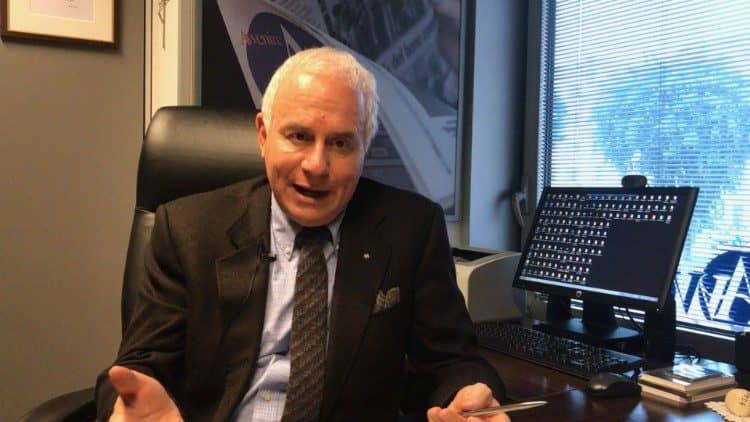COURMAYEUR, Italy – For all intents and purposes, as a liturgical matter Italy’s coronavirus pandemic is over as of today. Beginning today, family members and friends are no longer required to observe social distancing when they come to church, and churches are once again able to have choirs at Mass and the assembly can sing.
Today, in other words, the sound of music is back.
In addition, large churches that can safely accommodate more than 200 people, which has been the cap up to now, can do so.
Those decisions came from Italy’s Minister of the Interior, upon the advice of the Technical-Scientific Committee that’s been guiding the country’s response to the coronavirus, and in response to a series of questions posed by the Italian bishops’ conference.
Aside from the requirement of wearing masks and the still-empty basins of holy water at the entryways, going to Mass is now pretty much like it was before all this happened – with the exception of the minor miracle that Italians actually have learned how to form an orderly line for the reception of communion, which is literal proof that God can write straight with crooked lines.
What’s also apparently over, though no one’s quite said so out loud, is the church/state debate that the now-expired government restrictions created when they were first imposed in March.
In effect, the Italian situation is a classic example of nothing succeeding like success.
Italy went into a nationwide lockdown on March 8, and as part of the quarantine, public Masses were suspended throughout the country. The Italian bishops conference decreed the shutdown, and although technically a conference has no authority under canon law to compel individual bishops to obey its dictates, not a single Italian bishop defied the order.
At the time, the decision stirred considerable debate in Italian Catholic circles, especially among more conservative and tradition-minded figures. Some insisted that the Italian constitution guarantees freedom of religion, so the government had no business telling the Church to suspend Masses.
Further, critics argued, the bishops were making the fatal mistake of capitulating to the idea that the Mass is not an “essential service,” such as grocery stores, pharmacies and even tobacco shops, all of which remained open.
In a March 13 letter to priest friends in Rome, even one of Pope Francis’s personal secretaries, Father Yoannis Lahzi Gaid, voiced that sort of anxiety.
“I think of the people who will certainly abandon the Church, when this nightmare is over, because the Church abandoned them when they were in need,” he wrote.
(Gaid left his position as a papal secretary on Aug. 1, though he continues as a member of a committee created in 2019 to oversee implementation of a document on human fraternity signed by Pope Francis and the Grand Imam of Al-Azhar in Abu Dhabi.)
Had the restrictions imposed by Italian Prime Minister Giuseppe Conte failed, if they had come to be seen as excessive or pointless, no doubt those critics would be seizing the moment right now to drive their point home, shouting from the rooftops to claim vindication.
Instead, however, all one hears is a grand silence.
That, of course, is because Italy today is being touted as a global model in its containment of the coronavirus. As infection rates in the United States continue to mount, and as some other European countries are being forced back into lockdowns, Italy remains stable and relatively open, with credit going largely to the sweeping restrictions imposed early in the game by Conte and his advisors.
As part of Italy’s effort to keep the curve flat, the government recently imposed mandatory testing on arrivals from four European nations – Greece, Spain, Croatia and Malta – where things aren’t under control. Some Italian regions have gone further, either banning outright or imposing quarantines on arrivals from those nations and others.
Italy’s success story has become a matter of national pride. As opposed to the US, where wearing a mask in public is a politically divisive gesture, here it’s almost akin to carrying the Italian flag, something that unites people in a sense of shared sacrifice and purpose.
Pari passu, bishops who, not so long ago were being accused of spinelessness for going along with the government restrictions, now seem like wise pastors. Many bishops are holding up the church’s compliance with anti-COVID measures as a model for the rest of society.
“Parish communities are equipping themselves and scrupulously respecting the rules to carry out celebrations in safety,” said Bishop Douglas Regattieri of the Diocese of Cesena-Sarsina.
“Here too, parishes are setting a good example in the face of behavior that doesn’t always conform to the norms,” Regattieri said.
Of course, the issues raised by the church/state debate back in March and April don’t directly depend on the outcome of the anti-coronavirus campaign. There are difficult constitutional and theological questions about the extent to which a government can, or should, exert control over the Church’s internal life, regardless of the effect of those measures. Moreover, just because these particular controls now appear to have been justified doesn’t mean that future efforts to curtail the Church’s activities always will be.
In all likelihood, examining these issues, at least here in Italy, will be delayed by the fact that everyone’s basically satisfied with how things shook out, but sooner or later a day of reckoning probably will come.
Yet for now, the Italian bishops – who once had to be told by Pope Francis to back down, at a moment when they appeared poised to defy the shutdown – can now bask in the glow of perceived success.
That may be the residue of little more than good luck, but for most bishops here, that’s probably enough.
Follow John Allen on Twitter at @JohnLAllenJr.










